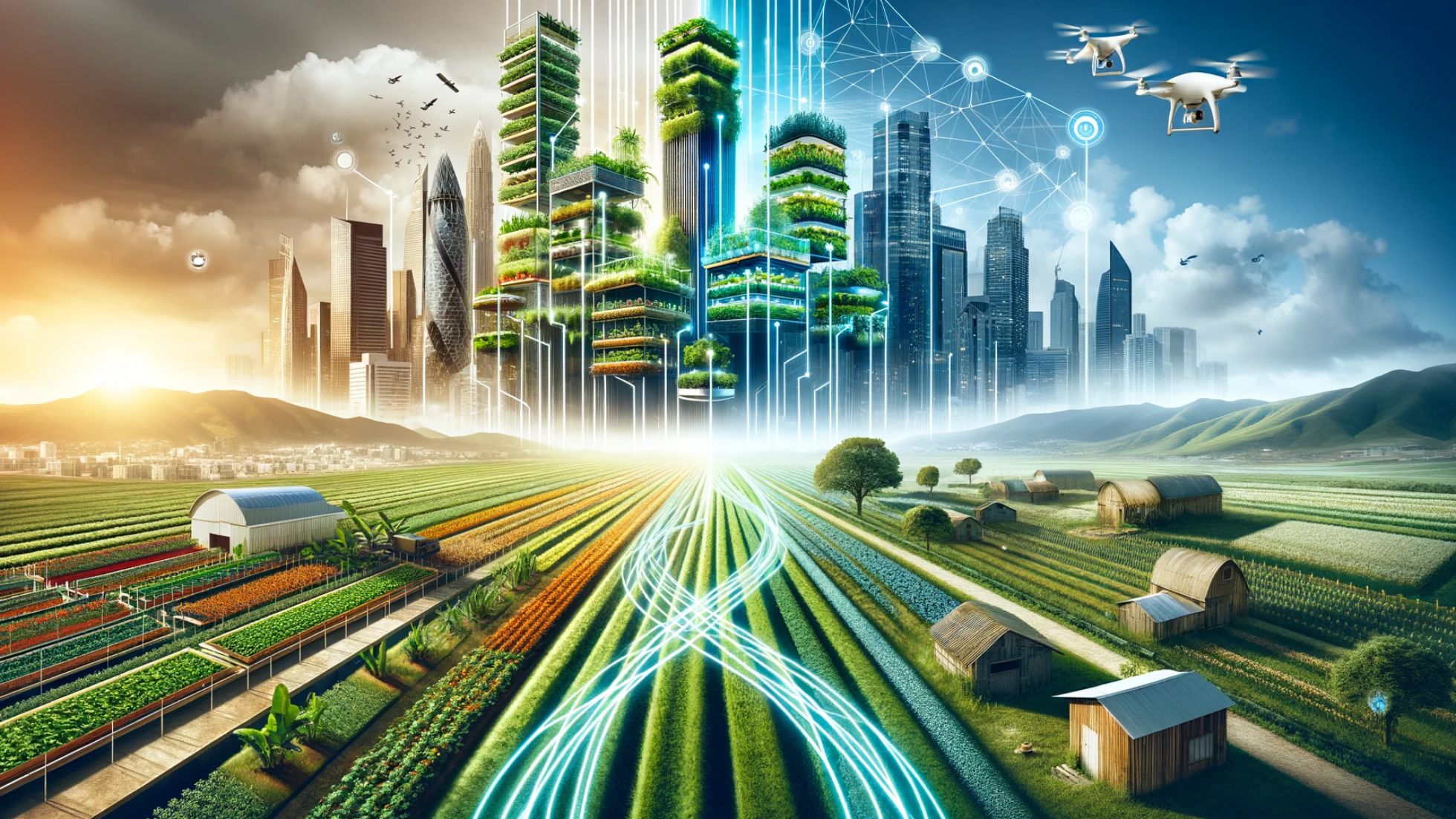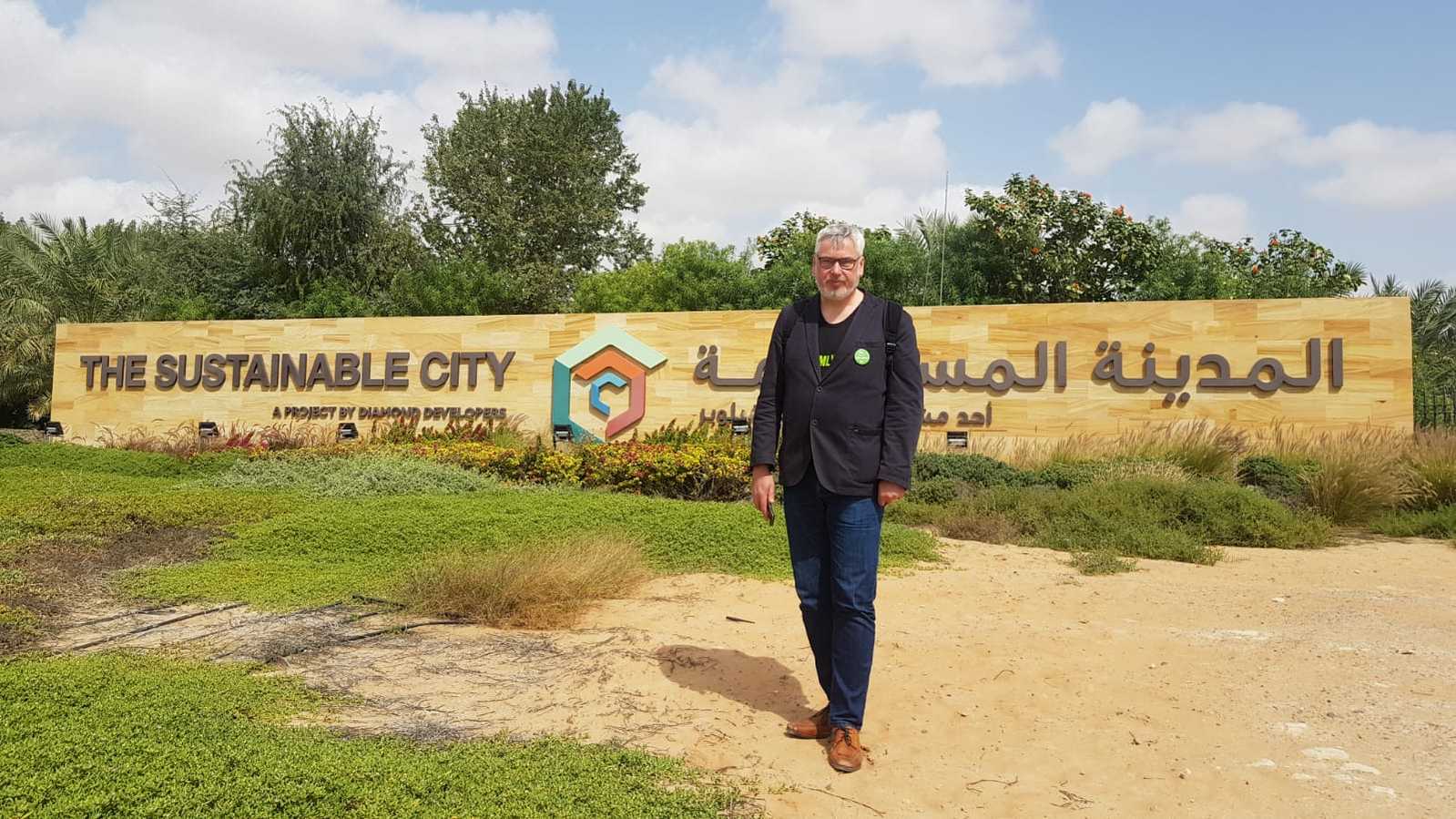Vertical farming, the cool practice of growing crops in super tall structures, is totally catching on as cities worldwide look for rad ways to feed their booming populations. This rad agricultural innovation not only promises to shake up food production by making it more rad and less space-guzzling but also has the potential to seriously impact community development and the evolution of smart cities. By bringing food production closer to urban consumers, vertical farming can slash transportation costs, cut carbon emissions, and dish out fresher produce to the community. This analysis dives into how vertical farming could totally shape the future of urban development, honing in on its integration within community initiatives and smart city infrastructures to amp up sustainability, economic vitality, and social cohesion.
The Role of Vertical Farming in Community Development
Improving Urban Food Security and Reducing Food Miles
Vertical farming offers a compelling solution to address urban food security challenges. By cultivating food within city boundaries, it significantly reduces food miles—the distance food travels from production to consumer—leading to a decrease in transportation-related carbon emissions and the availability of fresher produce. This localized agricultural approach bolsters the resilience of urban food systems against disruptions in the supply chain, as evidenced by recent global events.
Fostering Community Engagement and Educating on Sustainable Practices
In addition to its environmental and health benefits, vertical farming can act as a focal point for community education and involvement. These facilities can provide guided tours, workshops, and opportunities for volunteering, fostering a sense of community and raising awareness about sustainable living practices. This educational aspect plays a crucial role in cultivating a culture of environmental responsibility among urban residents, encouraging the adoption of more sustainable lifestyle choices.
Driving Economic Growth Through Job Creation and Stimulating Local Commerce
Vertical farms also play a vital role in contributing to local economies. They generate green jobs across various sectors, from high-tech roles in agricultural technology to positions in logistics, sales, and facility maintenance. Furthermore, by supplying fresh produce to local markets and eateries, vertical farms stimulate local commerce, supporting small businesses and promoting a "buy local" mindset that benefits the entire community.
Integration into Smart Cities
Technological Innovations Driving Vertical Farming Efficiency
Furthermore, the integration of vertical farming into smart cities through technological advancements extends beyond just monitoring and optimization. IoT sensors play a crucial role in ensuring that plants receive the precise amount of water, nutrients, and light they need for optimal growth. This real-time data collection allows for adjustments to be made instantly, leading to higher yields and better-quality produce.
In addition to IoT sensors, AI algorithms are revolutionizing the way vertical farms operate. By analyzing vast amounts of data, these algorithms can predict potential issues before they arise, such as pest infestations or nutrient deficiencies. This proactive approach not only safeguards crop health but also maximizes productivity, ultimately leading to a more sustainable and efficient farming system.
The seamless integration of IoT sensors and AI technology in vertical farming not only enhances efficiency but also contributes to a more sustainable urban environment. By leveraging these cutting-edge tools, vertical farms can operate at peak performance, producing high-quality, fresh produce for local communities while minimizing their environmental impact. As smart cities continue to evolve, the role of technology in vertical farming will only grow, paving the way for a more sustainable and resilient food system.
Vertical Farms as Part of Smart City Infrastructure for Resource Management
In smart cities, the integration of vertical farms into the urban ecosystem not only enhances resource management efficiency but also contributes to a more sustainable and resilient city infrastructure. By harnessing renewable energy sources like solar panels, vertical farms can reduce their carbon footprint and operate in an environmentally friendly manner. These energy-efficient practices not only benefit the farms themselves but also align with the city's broader sustainability goals, promoting a greener and cleaner urban environment.
Moreover, water recycling systems within vertical farms play a crucial role in optimizing water usage and minimizing waste. By capturing and reusing water within the facility, vertical farms can significantly reduce their water consumption, alleviating pressure on the city's water supply and supporting overall water management strategies. This innovative approach not only conserves a precious resource but also contributes to a more efficient and sustainable urban water infrastructure.
Incorporating vertical farms into smart cities as part of resource management initiatives not only enhances food production capabilities but also sets a precedent for sustainable urban development. By utilizing renewable energy sources and implementing water recycling systems, vertical farms exemplify the integration of environmental responsibility and technological innovation in creating resilient and efficient urban ecosystems.
Case Studies of Successful Integrations
In addition to Singapore, other cities around the world are also embracing the integration of vertical farming into their urban planning strategies. From New York City to Tokyo, vertical farms are becoming a prominent feature in the quest for sustainable and efficient food production within urban environments. These innovative initiatives are not only enhancing food security and sustainability but are also paving the way for a more resilient and self-sufficient future.
For example, in New York City, vertical farms are being integrated into the city's urban landscape to address food deserts and increase access to fresh produce in underserved communities. By utilizing unused spaces such as rooftops and vacant lots, these vertical farms are not only transforming the city's skyline but are also revitalizing neighborhoods and promoting healthy eating habits among residents.
Similarly, in Tokyo, vertical farming has become a solution to the challenges posed by limited arable land and a growing population. By incorporating vertical farms into the city's infrastructure, Tokyo is not only ensuring a stable food supply but is also reducing its reliance on imported produce and minimizing its carbon footprint. These initiatives are not only benefiting the environment but are also fostering a sense of community and connection to food production among urban dwellers.
Overall, the global trend towards incorporating vertical farming into urban planning reflects a shift towards sustainable and innovative solutions to address the pressing challenges of food security, environmental sustainability, and community well-being. As more cities recognize the potential of vertical farming to complement smart city initiatives, the future of urban agriculture looks promising, with tangible benefits for both residents and the planet.
Challenges and Solutions
Addressing High Initial Costs and Technological Barriers
While the high initial investments in infrastructure and technology pose significant challenges to the widespread adoption of vertical farming, there are promising solutions on the horizon. Innovative financing models, such as public-private partnerships and grants specifically tailored for sustainable agriculture projects, are emerging as effective tools to overcome financial barriers. These collaborations not only provide much-needed funding but also encourage knowledge sharing and expertise exchange between different sectors, fostering a holistic approach to sustainable urban development.
Moreover, the landscape of vertical farming is continuously evolving, with technological advancements driving down the costs of essential components like LED lighting and climate control systems. As these critical elements become more affordable and efficient, the barriers to entry for aspiring vertical farmers are gradually diminishing, paving the way for a more inclusive and accessible industry. By leveraging these advancements and embracing a spirit of innovation, the potential for vertical farming to revolutionize food production and community development becomes increasingly within reach.
Solutions for Scaling and Making Vertical Farming More Accessible
To scale vertical farming and extend its benefits to a broader range of communities, a multifaceted approach is essential. Education plays a pivotal role in raising awareness about the advantages of vertical farming and equipping individuals with the knowledge and skills needed to embark on such ventures. By offering training programs, workshops, and educational resources, aspiring entrepreneurs and urban planners can better grasp the intricacies of vertical farming, from its environmental benefits to its operational requirements.
Furthermore, technology transfer is crucial in ensuring the widespread adoption of vertical farming practices. By fostering collaborations between industry experts, researchers, and community stakeholders, innovative solutions can be shared and implemented to enhance the efficiency and sustainability of vertical farming initiatives. Open-source platforms and technologies play a vital role in democratizing access to critical information and resources, enabling a more inclusive and diverse participation in the vertical farming movement.
Ultimately, by prioritizing education and technology transfer, the potential of vertical farming to revolutionize urban agriculture and contribute to sustainable development can be fully realized. Through a concerted effort to empower individuals and communities with the necessary tools and knowledge, the future of vertical farming is poised to thrive and make a lasting impact on our cities and the way we produce and consume food.
Future Outlook and Conclusion
As our cities continue to swell in population, the role of vertical farming in community development and smart cities is poised for a major expansion. Its ability to tackle food security, environmental sustainability, and economic growth aligns perfectly with the aim of establishing more resilient and self-sufficient urban hubs. Despite the challenges that lie ahead, the constant evolution of technology and the innovative strategies being employed to overcome hurdles point towards a promising future for vertical farming. By seamlessly incorporating agriculture into the urban fabric, cities can take a giant leap towards sustainability and a better quality of life for their residents, solidifying vertical farming as a crucial element of smart urban development.
References
- Despommier, D. (2011). The Vertical Farm: Feeding the World in the 21st Century. New York: St. Martin's Press. This book by Dr. Dickson Despommier, a pioneer of the vertical farming concept, provides foundational insights into how vertical farming can be integrated into urban environments to enhance food security and sustainability.
- Benke, K., & Tomkins, B. (2017). Future food-production systems: vertical farming and controlled-environment agriculture. Sustainability: Science, Practice and Policy, 13(1), 13-26. This article explores how vertical farming can contribute to local food security and reduce the environmental impact of agriculture. https://www.tandfonline.com/doi/full/10.1080/15487733.2017.1394054
- Thomaier, S., Specht, K., Henckel, D., Dierich, A., Siebert, R., Freisinger, U. B., & Sawicka, M. (2015). Farming in and on urban buildings: Present practice and specific novelties of Zero-Acreage Farming (ZFarming). Renewable Agriculture and Food Systems, 30(1), 43-54. This study highlights the role of urban agriculture, including vertical farming, in promoting community engagement and supporting local economies. https://www.researchgate.net/publication/262048943_Farming_in_and_on_urban_buildings_Present_practice_and_specific_novelties_of_Zero-Acreage_Farming_ZFarming
- Caplow, T. (2009). Building-integrated agriculture: A new approach to food production. Urban Futures 2030: Urban Development and Urban Lifestyles of the Future, 54-58. This paper discusses how integrating agriculture into buildings can support smart city initiatives, focusing on technological innovations and resource management. https://www.researchgate.net/publication/285678176_Building-integrated_agriculture_A_new_approach_to_food_production
- Kozai, T., Niu, G., & Takagaki, M. (Eds.). (2019). Plant Factory: An Indoor Vertical Farming System for Efficient Quality Food Production. Academic Press. This book provides comprehensive coverage on the technologies underpinning vertical farming and its integration into smart city infrastructure. https://www.sciencedirect.com/book/9780128017753/plant-factory
- Specht, K., Siebert, R., Hartmann, I., Freisinger, U. B., Sawicka, M., Werner, A., Thomaier, S., Henckel, D., Walk, H., & Dierich, A. (2014). Urban agriculture of the future: an overview of sustainability aspects of food production in and on buildings. Agriculture and Human Values, 31(1), 33-51. This article addresses the economic and technological challenges of vertical farming and proposes solutions for scaling and accessibility. https://www.researchgate.net/publication/257511143_Urban_agriculture_of_the_future_An_overview_of_sustainability_aspects_of_food_production_in_and_on_buildings
- The World Bank. (2020). Innovations in Urban Agriculture. This report provides insights into the future outlook of urban agriculture, including vertical farming, emphasizing its role in sustainable urban development. https://documents.worldbank.org/en/publication/documents-reports/documentdetail/434431468331834592/urban-agriculture-findings-from-four-city-case-studies





